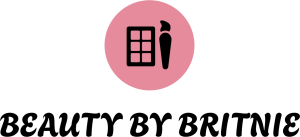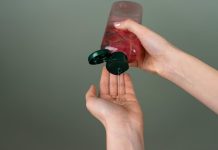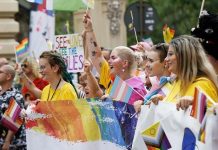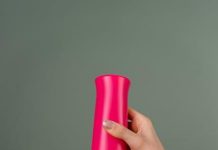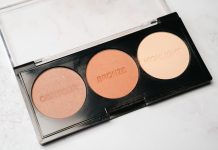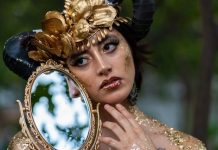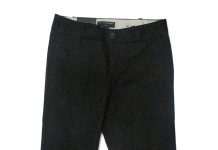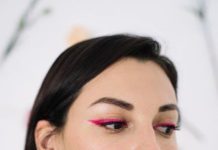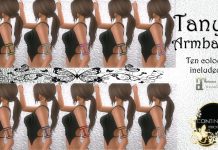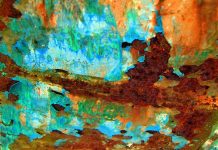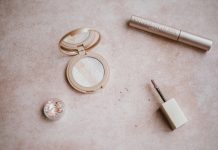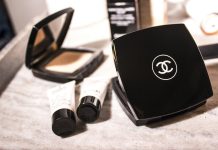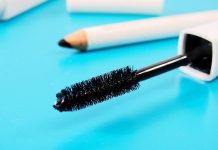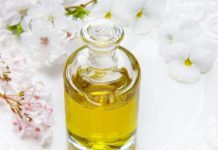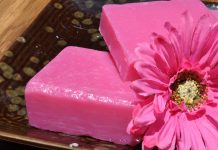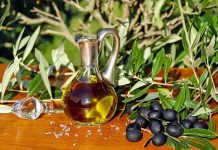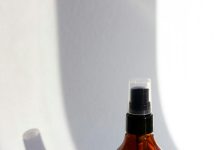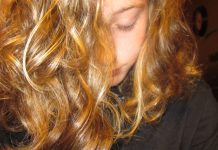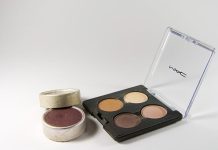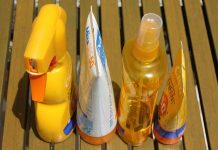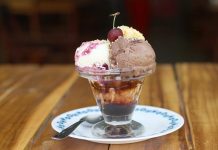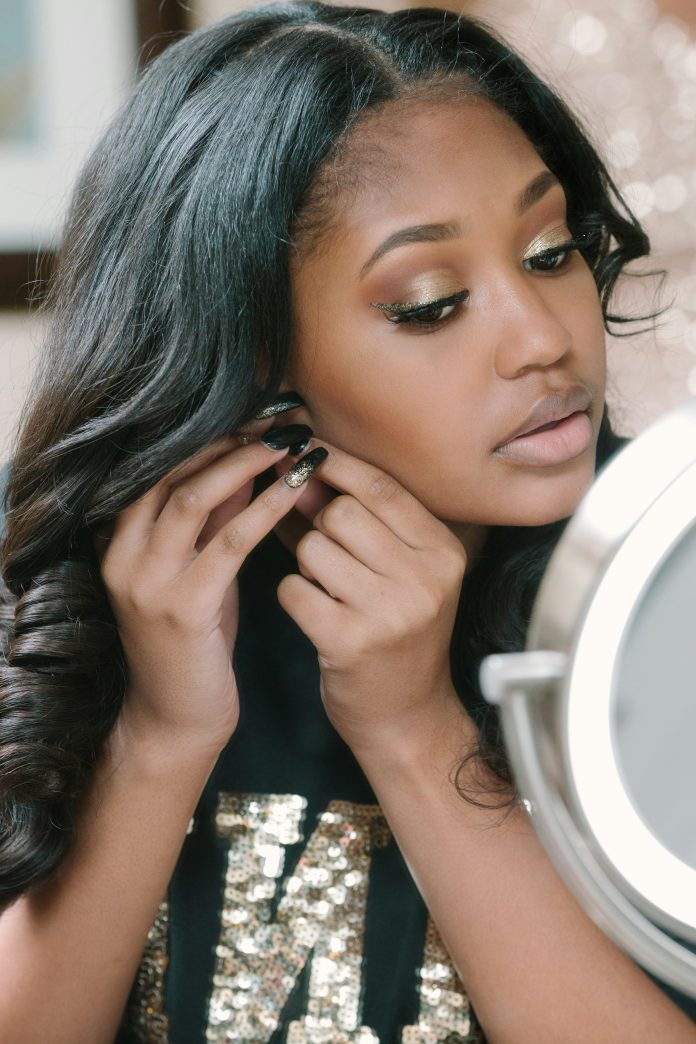In the age of digital transformation, where a swipe or a click opens a portal to endless beauty tips and tricks, makeup tutorials have emerged as both a canvas of creativity and a source of controversy. These pixel-perfect demonstrations, often delivered by influencers and makeup artists, promise the allure of transformation, offering viewers the tools to sculpt, shade, and shimmer their way to perceived perfection. Yet, beneath the layers of foundation and the flick of eyeliner, a question arises: Are these tutorials setting unrealistic expectations for beauty outcomes? As we delve into this digital phenomenon, we explore the delicate balance between inspiration and illusion, examining the impact of these tutorials on our perceptions of beauty and self-worth.
The Illusion of Perfection in Makeup Tutorials
In the world of digital beauty, makeup tutorials often craft a mesmerizing facade that can be both inspiring and deceptive. The flawless looks achieved on camera may not always translate into real-life perfection, leading to a gap between expectation and reality. These tutorials frequently rely on professional lighting, high-quality cameras, and sometimes even post-production edits, which can create an illusion of seamless skin and immaculate makeup application. As a result, viewers may find themselves chasing an unattainable standard, forgetting the raw beauty that lies beyond the lens.
Key elements contributing to this illusion include:
- Advanced editing techniques that smooth out imperfections.
- Professional-grade products that may not be accessible to everyone.
- Skill level of the influencer, often honed over years of practice.
While these tutorials serve as a valuable source of inspiration and education, it’s crucial to remember that beauty is subjective and multifaceted. Embracing one’s unique features and imperfections is as important as mastering the latest makeup trend.

Exploring the Psychological Impact on Self-Image
The rise of makeup tutorials on platforms like YouTube and Instagram has undeniably influenced the way individuals perceive their own beauty. While these tutorials can be empowering, offering tips and techniques to enhance one’s appearance, they can also lead to unrealistic beauty standards. The constant exposure to perfectly curated images and expertly applied makeup can create a gap between how people see themselves and how they believe they should look.
- Pressure to Conform: Viewers may feel pressured to achieve the same flawless results, leading to dissatisfaction with their natural features.
- Perfectionism: The pursuit of perfection can foster negative self-talk and reduce self-esteem, as individuals compare themselves to often unattainable standards.
- Identity Confusion: With a focus on external appearance, there’s a risk of neglecting internal qualities, which are equally important to self-worth.
Understanding these psychological impacts is crucial. By fostering a more inclusive and realistic view of beauty, content creators and consumers alike can promote a healthier self-image.

Decoding the Role of Filters and Editing Tools
- In the digital age, the use of filters and editing tools has become ubiquitous in makeup tutorials, often transforming what viewers perceive as achievable beauty. These tools can smooth skin, enhance features, and even alter facial structures, creating a polished look that may not be attainable in real life.
- While these enhancements can inspire creativity, they also risk setting a standard that is far removed from natural beauty. The line between reality and digital enhancement blurs, making it challenging for audiences to discern the genuine effects of a product or technique. This reliance on digital alterations can foster unrealistic expectations, as viewers might feel pressured to achieve similar results without understanding the role of post-production magic.

Guiding Towards Realistic Beauty Standards
In a world where makeup tutorials often dominate social media feeds, it’s essential to reflect on the impact these visual guides have on our perception of beauty. While they offer a creative outlet and a source of inspiration, they can sometimes set unattainable beauty standards. Here are some ways to foster a more balanced view:
- Embrace Diversity: Highlight tutorials that celebrate diverse skin tones, facial features, and age groups.
- Promote Authenticity: Encourage influencers to showcase natural looks alongside more polished ones.
- Transparency in Technique: Make it clear when filters or photo editing are used in tutorials to manage expectations.
By prioritizing these aspects, the beauty community can help reshape perceptions and guide audiences towards a more realistic understanding of beauty.

